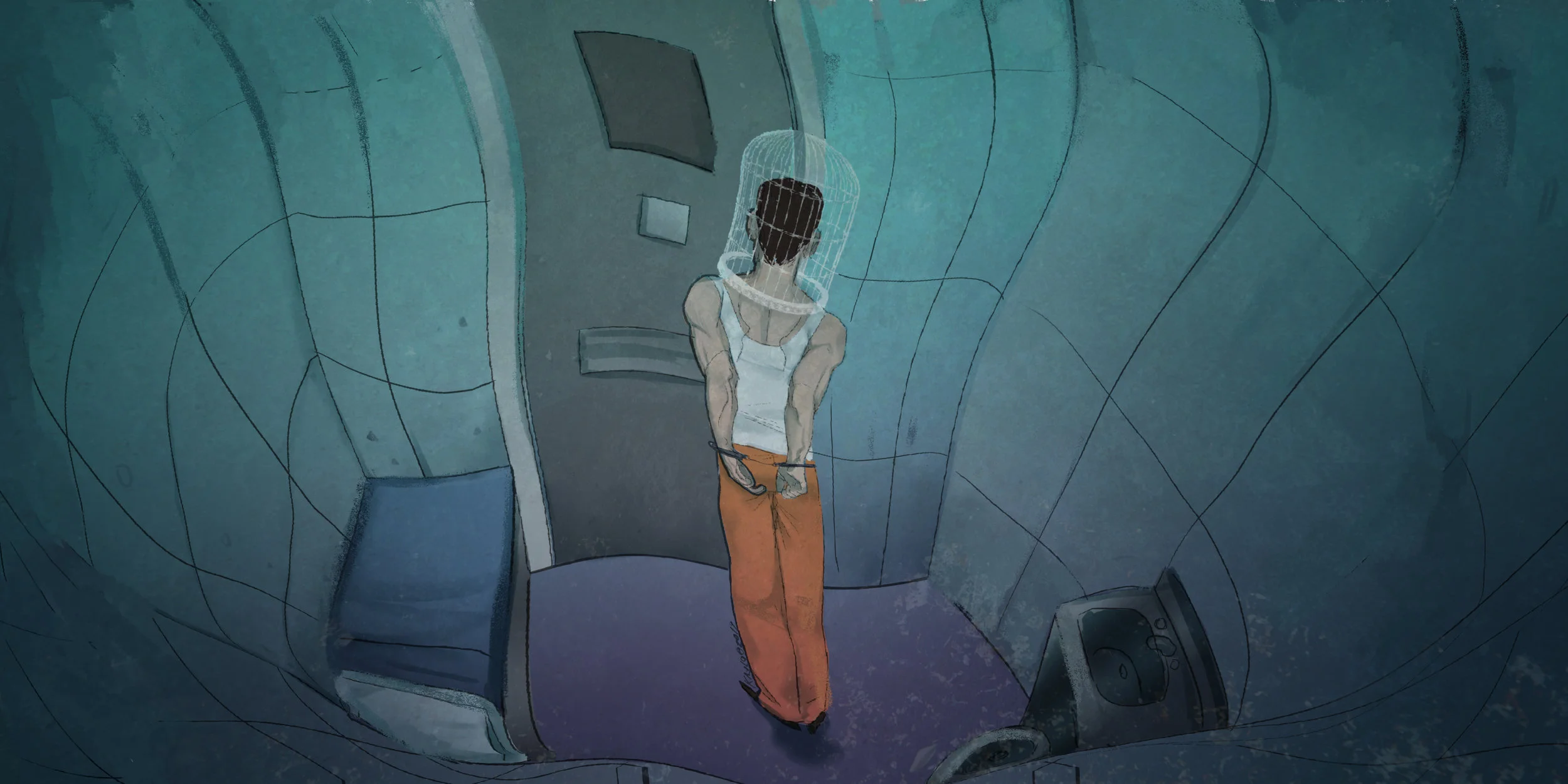Ethograms
How and why do animals do what they do? A monthly column published in collaboration with the Australasian Society for the Study of Animal Behaviour, showcasing the work of early-career researchers.
By subjecting triggerfish to vision tests, Naomi Green is helping us understand why coral reefs are such colourful places.
Jules Smith-Ferguson is exploring how even a unicellular organism can form memories and make complex decisions.
Farzaneh Etezadifar is using genetics to discover why noisy miners have recently become such a nuisance, and how we can aid management efforts.
Does stress change the behaviour of zebra finches and their offspring? Anna Miltiadous is peeling apart an intergenerational mystery.
Using satellite tracking, Leena Riekkola has shown that humpback whales do not necessarily end their annual migration in the same place.
Wesley Webb is exploring how culture evolves by studying male and female songs in a virtuosic New Zealand songbird.
Last month, animal behaviour researchers from Australia and New Zealand converged on Melbourne for their annual conference. We meet some of the early-career scientists who presented their research.
On a roost above the forest floor, New Zealand’s short-tailed bats are singing for a mate, and Kathleen Collier is listening.
With fewer than 100 southern corroboree frogs left in the wild, Emma McInerney believes that diet supplements can help give the species a fighting chance.
The late Terry Pratchett once wrote that “noble dragons don't have friends." PhD student Kasha Strickland is putting that to the test.
Julia Ryeland is determined to unlock the breeding habits of the emu, a species that is poorly-studied for several good reasons.
After spending months getting to know a group of eastern grey kangaroos, Paloma Corvalan finds that the most dominant males do not necessarily have all the success.
Ants need to find their way home, too. Trevor Murray is reconstructing the visual cues that they use to navigate back to the nest.
Every year, Port Jackson sharks find their way home after a mammoth post-winter migration. Sherrie Chambers is piecing together how they do it.
Anne Aulsebrook is studying how artificial lighting affects the behaviour and sleep patterns of urban black swans in Albert Park, Melbourne.













































































James Barr is studying caudal autotomy, the ability of some reptiles to drop and regrow their tail in response to a predator threat.